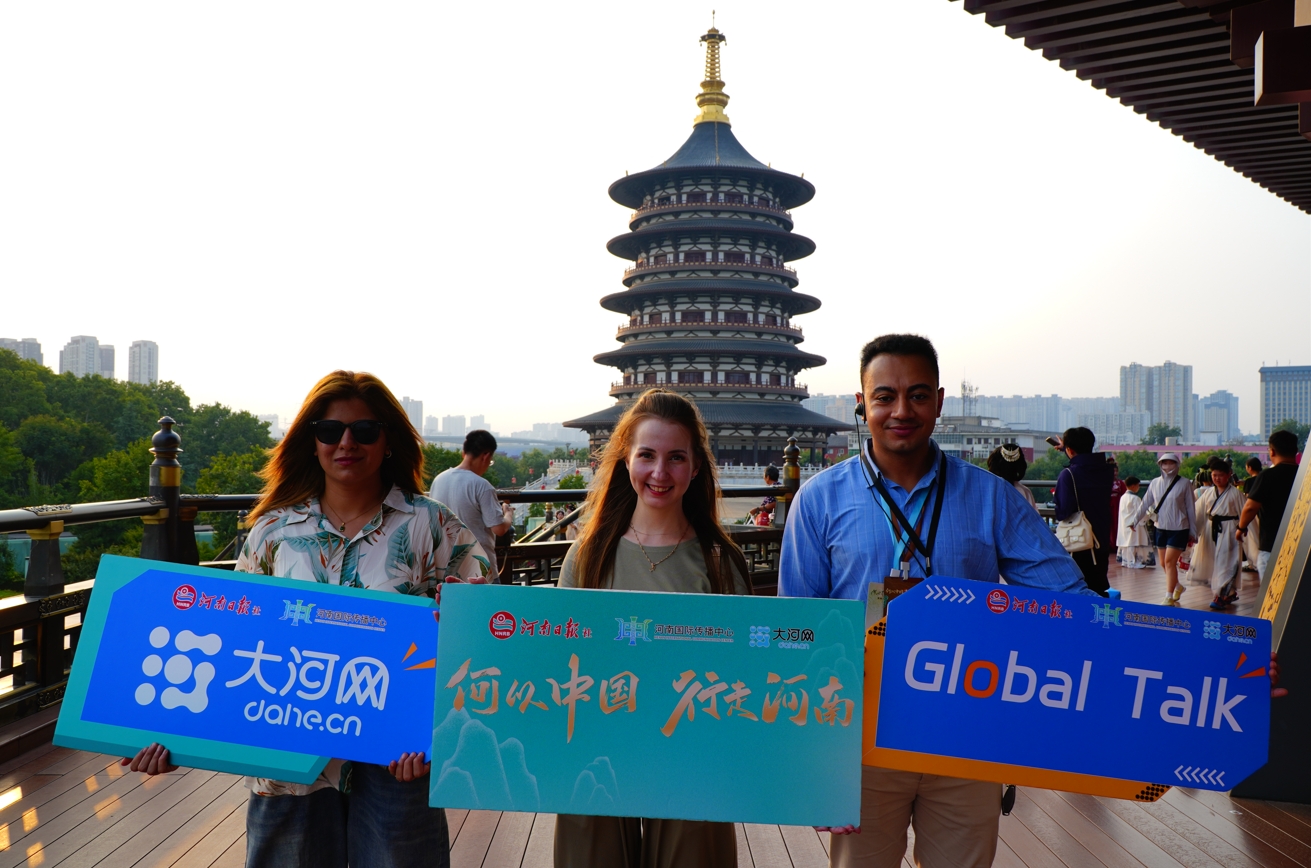Henan, Where China Began丨Capital Ruins of Luoyang from Sui to Tang Dynasties
Henan, Where China Began丨Capital Ruins of Luoyang from Sui to Tang Dynasties
何以中国 行走河南丨隋唐城还是看洛阳
With high historical, scientific and artistic values, the City Ruins of Luoyang from Sui to Tang Dynasties is a relatively well-preserved large-scale ruins of an ancient city in the dynasties of Sui (581-618) and Tang (618-907).
隋唐洛阳城是中国现存隋唐时期保存较为完整的大型古代城市遗址,具有突出的历史价值、科学价值和艺术价值。
Distributed along the Luohe River and covering an area of about 47 square kilometers, the city ruins once served as the capital of Yang Guang (605-616), the second emperor of the Sui Dynasty. With Yique (Longmen in present day) in its south, the Mangshan Mountain in its north and the Luohe River flowing through, Luoyang was the starting point of the Silk Road in the East and a hub of the Grand Canal of Sui and Tang Dynasties.
隋唐洛阳城位于今河南省洛阳市区洛河两岸,始建于隋大业元年(公元605年),面积约47平方公里,南抵伊阙,北依邙山,左瀍右涧,洛水贯其中,是古丝绸之路的东方起点和隋唐大运河的中心枢纽。

Luoyang's population during the Sui and Tang had already exceeded 1 million. Since Yang Guang moved the capital eastward to Luoyang, the city was named Dongjing, Dongdu, Luoyanggong, Shendu and Xijing successively in its over 530 years of history of being a capital of different dynasties, witnessing the most prosperous period of China's feudal society. It is a valuable heritage for the study of the capital construction, urban layout, social life and other aspects of ancient China, and its layout and architectural form had a far-reaching influence on later dynasties.
隋唐两代,洛阳的人口已达百万。自隋炀帝迁都,该城先后被称作东京、东都、洛阳宫、神都、西京,历经隋、唐、五代、北宋,跨越了中国封建社会的最鼎盛时期,前后沿用530多年,是研究中国古代都城建制、城市布局、社会生活等方面的宝贵遗产,其平面布局、建筑形制对后世影响深远。
Since the 1950s, archaeologists have carried out in-depth investigations and excavations here and basically made the location, scale and overall layout of it clear. In 1988, the site was put by the State Council as one of the third batch of national key cultural relic protection units.
20世纪50年代以来,考古工作者在隋唐洛阳城范围内,进行了深入的文物调查和考古发掘,已基本探明了隋唐洛阳城城址的位置、规模以及整体布局。1988年,该遗址被国务院公布为第三批全国重点文物保护单位。(赵汉青 杨佳欣)
Web editors: Shen Jianqi, Zhang Rui
